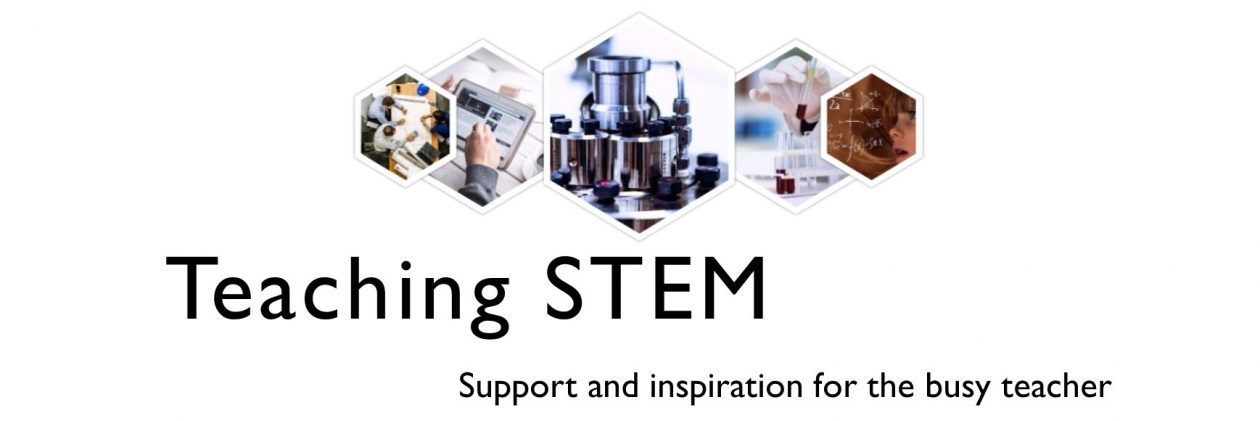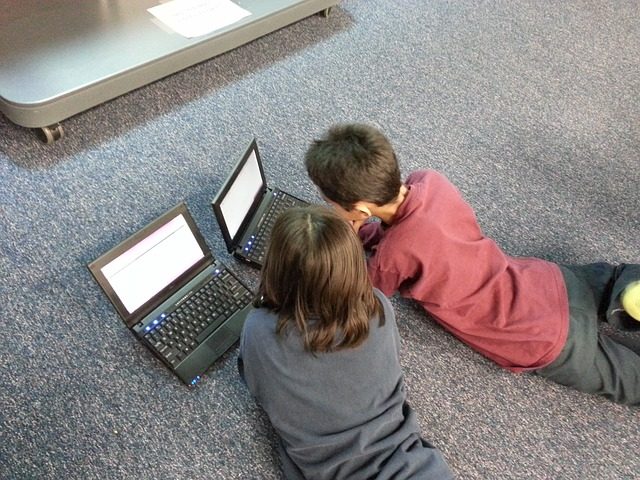September Round Up
We’re even bigger and better
This month we’ve introduced a whole new look to our site – what do you think of the new look header? You’ll still find all the original content, but we have expanded to include pages for Science and Maths. This made our menu a rather crowded so we’ve tidied it up a bit- just hover over a menu item to reveal any subpages. The subject pages are all organised to support the organisers within Curriculum for Excellence, and over the coming months we’ll be adding more and more resources to support your teaching. It’s going to be a big task, but you can help by letting us know about your favourite links via the Contact Us page.
New Content
This month we’ve added links to: SSERC (Scottish Science Education Research Centre); The Royal Society of Chemistry; Royal Academy of Engineering; BP Educational Services; CREST Awards; ZU3D Animation Software; Young Engineers & Science Clubs Scotland; My World of Work; Digital World; Marketplace; MakeyMakey; Explorify; Generation Science; e-Bug; Google for Education; Raspberry Pi Pioneers; The Universe of Engineering; Lego WeDo and Mindstorm; Food Standards Scotland. They all have some great teaching materials for both primary and secondary. Why not take a few minutes to check them out now – it could save you hours of planning time in the future!
Hello World!
Have you read Hello World! yet? It’s the digital magazine from Raspberry Pi and BCS/Computing At School for computing and digital maker educators across primary and secondary. It’s published 3 times a year and is now on issue 3 (back copies are still available). It’s free to UK educators and you can subscribe here for either digital editions or a print subscription delivered straight to your door (for those of you who prefer to read it old school style on the sofa with a cup of coffee).
Funding Update
Dumfries and Galloway schools can again apply for Edina Trust funding of up to £600 in session 2017/18 (that’s £100 more than last session); and if you applied last session the good news is you can apply again. It is really (and we mean REALLY!) simple to apply; and the best thing is that as long as your project is science based you are GUARANTEED the money. Yet some schools didn’t apply last session. Don’t loose out this year! If you need any help with your application please get in touch with one of the RAiSE Team – we’d love to help.
We have also added a link to a new crowd-funding platform called Rocket Dog, which specialises in helping schools raise funds to buy technology. Find the link on our Funding page.
Citizen Science
Have you heard of ‘citizen science’? Wikipedia describes it as: ‘ scientific research conducted, in whole or in part, by amateur (or nonprofessional) scientists.’ In other words … getting your pupils involved in gathering scientific data for real research projects. You will probably have heard of, and hopefully participated in, the Big Garden Bird Watch organised by the RSPB, but there are lots of other opportunities out there. This month we have added a link to the Royal Society of Chemistry. In their Experimentation Hub they are currently running Mission: Starlight – a global experiment on UV protection. This involves quite simple experiments to find out which materials would be best to protect an astronaut from UV rays in space. The only specialist equipment you need are UV sensitive beads which you can buy for under a fiver on Amazon. It would be fantastic activity for any class but especially if your are going to be doing Space this session.
Internet Safety
Did you take part in Safer Internet Day last session? This session SID will be on Tuesday 6th February 2018 (registration will open in October). We really hope you will all pop that in your diary, but it is still sometime away. Cyber resilience and internet safety is something we should be reinforcing throughout the year, so if you haven’t visited this topic with your class for a while why not check out the resources on our Cyber Resilience & Safety page. There are plenty of resources there to get you started.
2 Simple
Most schools in D&G have 2 Simple software installed on their network (you’ll find the folder in your Programmes Menu). It’s often used at early and first level, but there are also some aspects that will challenge older pupils. To see how you might use it across the stages, check out their scheme of work here.
Coding at Home
Many of the online coding platforms offer home access for pupils. One of these is Kodable, and if you aren’t already using this feature you can find out how to here. Please remember that if you are using any online platform that requires you to create accounts for your pupils then you should complete a Privacy Risk Assessment and get Parental Permission. We are adding forms for the most popular sites (including Kodable) to our General Support & Reference page. If there is a site you would like to us to create a form for please let us know using the Contact Us page.
Digital Schools Awards Expands
So far 2315 primary schools have registered for the Digital Schools Award programme with 468 successful having achieved the award – including our own Calside Primary in Dumfries, the first D&G school to gain the award. This month the programme was extended to include Secondary schools – well done to Sanquhar Academy for being one of the first to register. You can find out more about the programme here; and remember the RAiSE team will be happy to advise or support any school who is going through the award or thinking of registering.
Dumfries House
You may have heard of Dumfries House, the stunning and recently renovated 18th century country house near Cummnock, and may even have visited it. But, did you know they have an amazing educational programme to support STEM education? This month the RAiSE Team visited the centre and were very impressed with the range and quality of their facilities. As well as educational visits of the house itself, there are six different training centres located on the estate providing learning experiences in: engineering; traditional and craft skills; hospitality and catering; gardening and food production; art and drawing; and, a residential ourdoor centre. With programmes suitable for both primary and secondary pupils they are worth a visit. You can take part in a day of activities for only £3 per pupil, and they may be able to help with transport. Find more information at their website here, or download their education flyer here.
Outdoor Classroom Day

Thursday the 12th October is Outdoor Classroom Day. There are lots of ways you can teach STEM outdoors and it’s a great way to enthuse your pupils. If you’re looking for ideas check out the Outdoor Learning Day site. There is inspiration from schools across the world, as well as resources with lesson plan ideas (we’re tempted to try Double Double Embroiled in Bubbles!), and you can even down load a certificate to record pupils’ participation. So far 19 schools in D&G have signed up; if you’re not one of them why not do it now? Get in touch with the RAiSE team if you want any support with your day.
Run the Solar System
Looking for a fun way to link H&WB to STEM? Then why not sign up to Run the Solar System? Run the Solar System is a ‘virtual race’ which involves journeying across the Solar System from the Sun to Neptune in just 10 kilometres, accompanied by music and audio commentary from science broadcaster Dallas Campbell. Take part wherever you like, whenever you like, and at whatever speed you like, with no time limit! It’s App based so it does depend on having access to Smart phones, however, it might be something you want to do personally as a fun way to increase your knowledge of the solar system while getting fit. Or share it with parents to use with their children (it could be done along side Beat the Street). If you do the daily mile then 10k would be the equivalent to just less than 7 sessions. It may be possible to share your audio commentary with pupils if you can connect your phone to a small speaker as you walk, or back in the classroom. Get started by downloading the free Racelink app for iPhone or Android.
Full STEM ahead!



